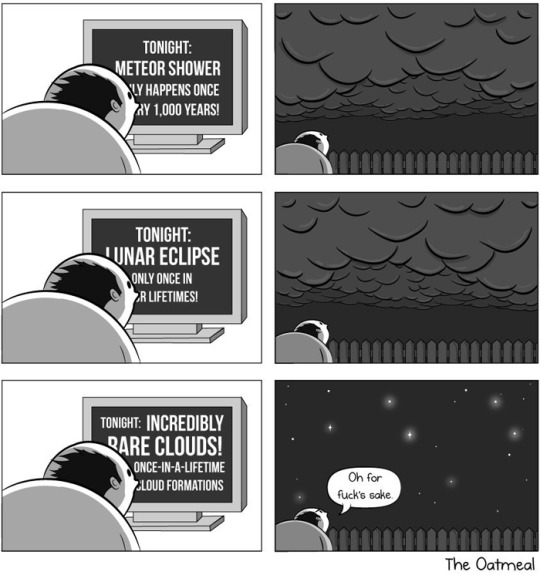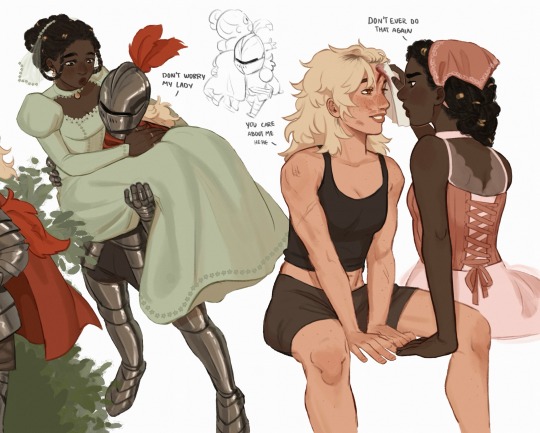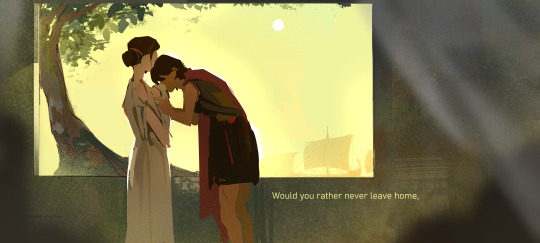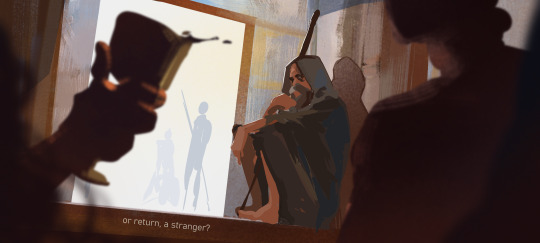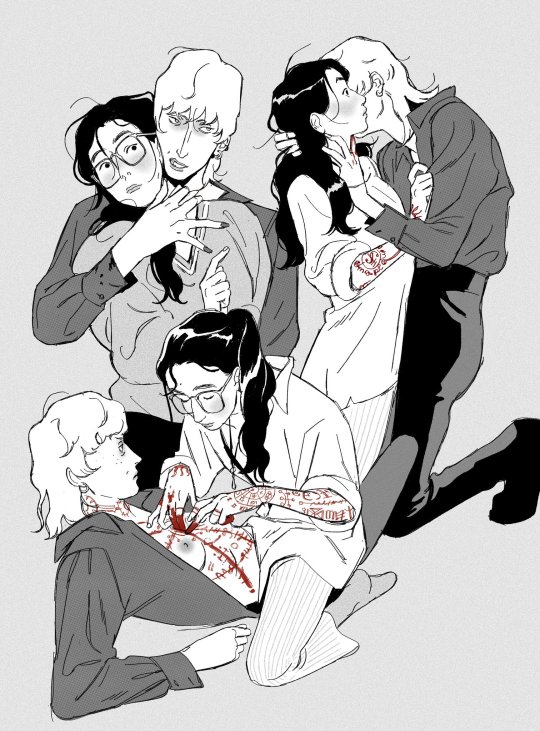Text
On April 30th while reporting on the Students Revolution at Columbia University, CNN anchor Kasie Hunt made reference to Hind Rajab as 'A Woman Who Was Killed in Gaza."
Hind Rajab was six years old.
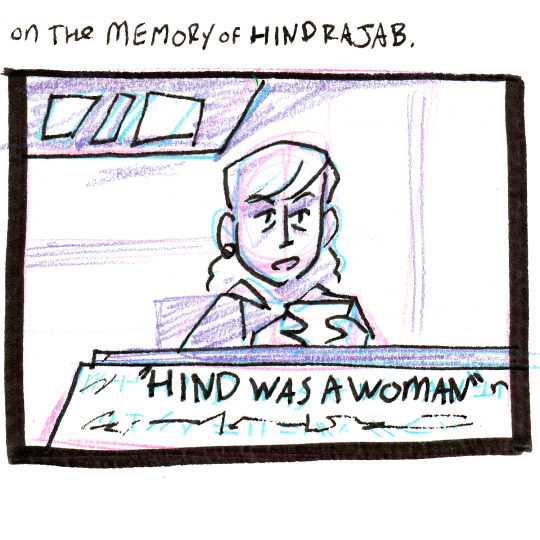

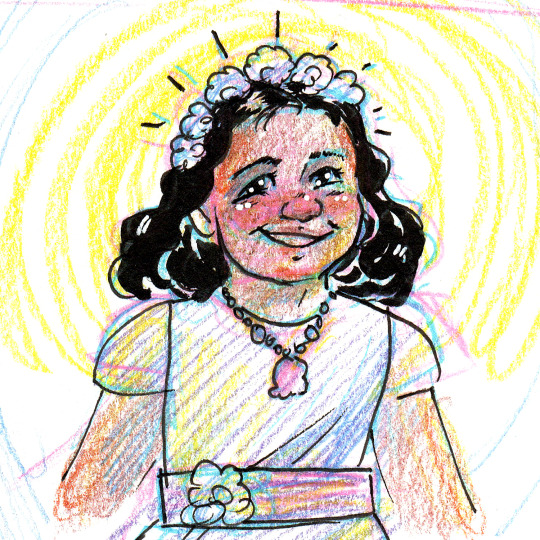
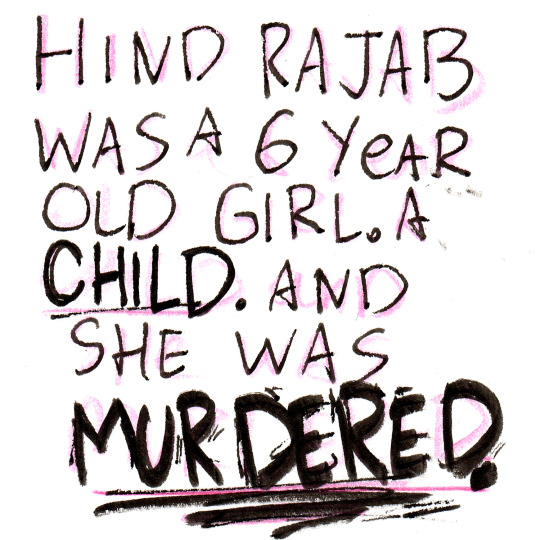
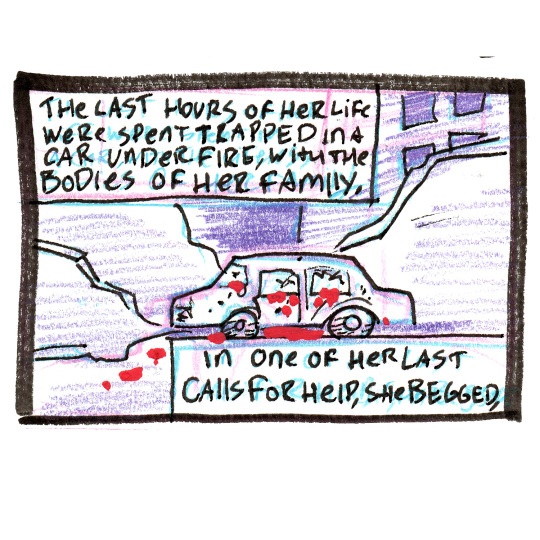
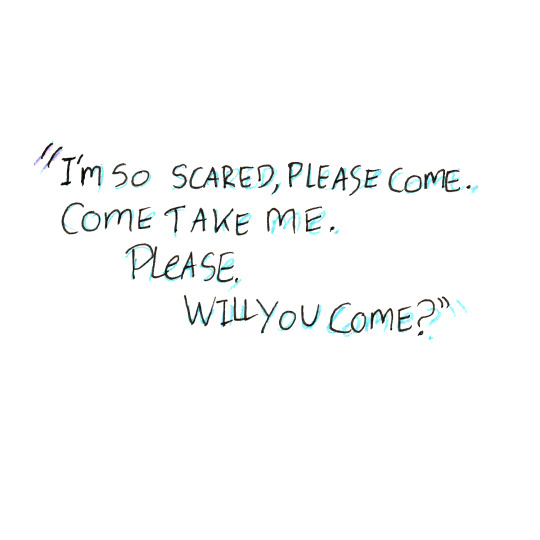



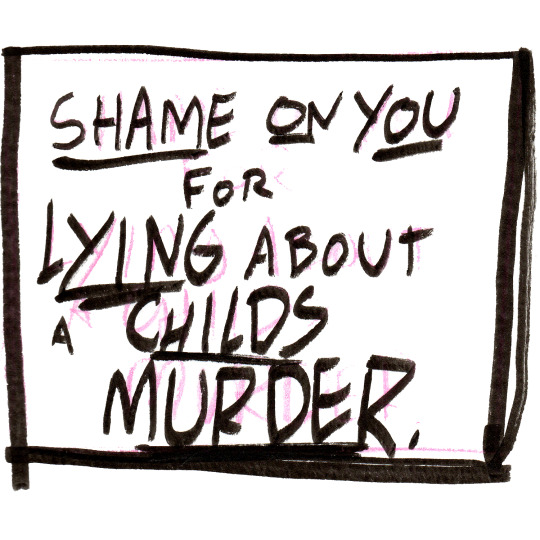
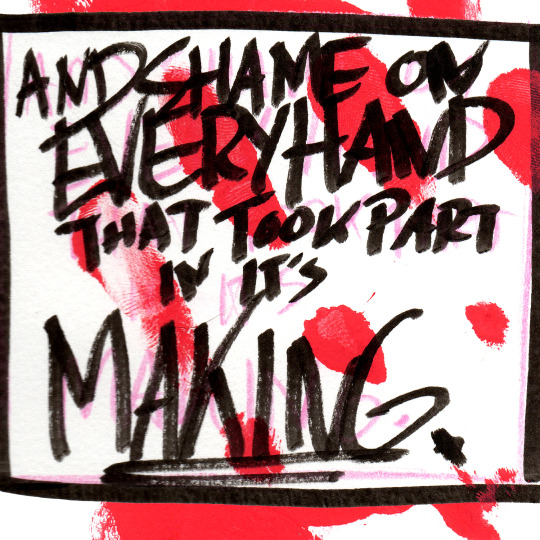
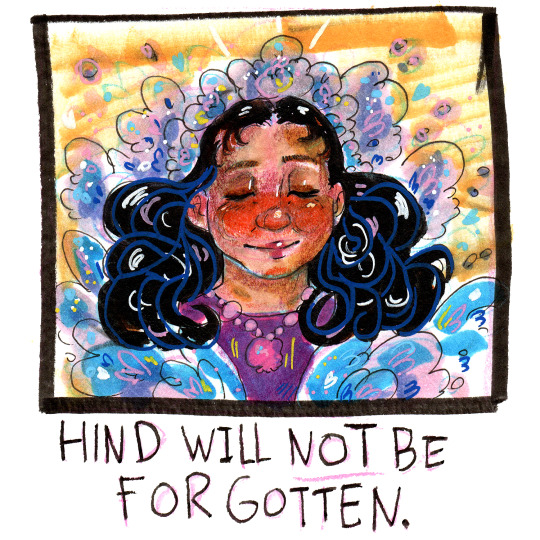

32K notes
·
View notes
Text
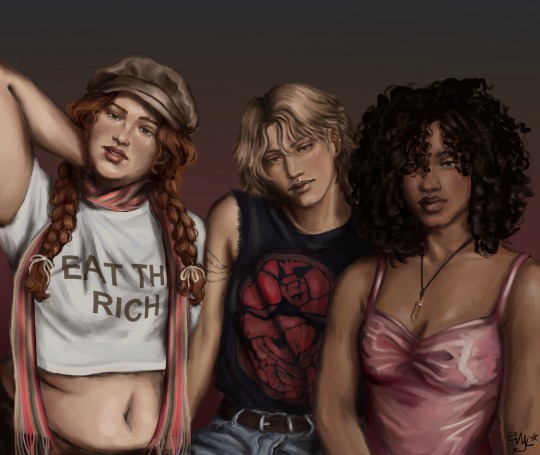
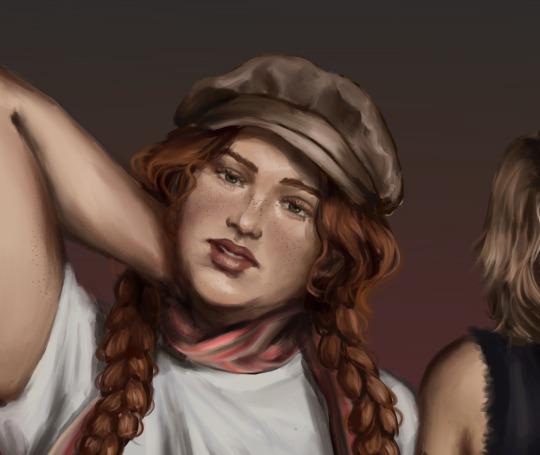

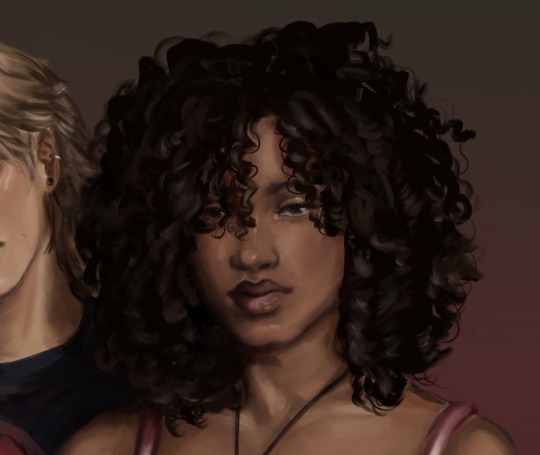
Posting two days in a row just because it’s my birthday today
No more sad stuff on may 2nd!!
#marauders#art#marauders fanart#fanart#lily#lily evans#lily evans fanart#marlene mckinnon fanart#marlene mckinnon#mary mcdonald#Mary McDonald fanart#i love them your honor#hogwarts#AMAZING JOB#love them
2K notes
·
View notes
Text
Reminder: in life you can and will fuck up, sometimes catastrophically. But you will never ever have a “erasing 68 years of credibility, love, cultural impact and devotion over a moroccanoil sponsorship” level of fuck up.
#free palestine 🇵🇸#esc2024#boycotting this shit#used to love esc#even tho i was aware of its politicalness (ofc)#but this has to stop at some point#it's too much#capitol vibes
3K notes
·
View notes
Text
eleventh plague. emails.
82K notes
·
View notes
Note
Au where Severus and Sirius are both Harry’s godfathers and have to raise Harry together divorced parent style
Imagine the drop off tension


they are united in their concern!
4K notes
·
View notes
Text
there is a huge difference between criticizing an institution and criticizing individual behavior. i can criticize the makeup industry without criticizing the 14 year old girl who uses concealer because she’s self-conscious about her acne; i can criticize the plastic surgery industry without vilifying the woman who decided to get a nose job after two decades of pointed comments and bullying. it is intellectually dishonest to respond to an institutional criticism as if it were a personal attack; on the flip side, it is cruel and unnecessary to leverage personal attacks in the name of institutional criticism
if i see one (1) more person respond to a perfectly reasonable beauty-industry-critical sentiment with “but i personally enjoy eyeshadow. why are you attacking people who like eyeshadow :(” or “exactly, all women who wear makeup are miserable and brainwashed” i am going to climb a tree and bite the top of it
80K notes
·
View notes
Text
I love Matilda because it's a story about a child who sees injustice around her and gets mad about it and questions why things aren't fair, and instead of the ending being that she learns how the world works and that life isn't fair, she catapults one of the adults who abused her out of a building with her mind
88K notes
·
View notes
Text
Scenes: The Basics🏕️
The Four Chords of a Scene
The scene is a fictional unit that comprises of the following:
Two major chords: Action + Reaction
Two minor chords: Setup + Deepening (be kept to minimum)
A "beat" is a smaller unit within a scene. You can think of this as a paragraph.
1. Action
Action happens when a character does something in order to attain his main objective. In a given scene, he has a scene purpose.
This can include: yelling, shutting the door, fighting, crying, pulling someone back, hugging....basically when your character does something or the other to alleviate the pain or take part in conflict.
2. Reaction
A reaction scene is how a Lead character feels emotionally when something happens to him.
A literary novel may feel like a lot of reaction scens because they are generally more about the interior life of a character.
Reaction is often done in "beats" where the character moves from (1) questioning himself, then (2) providing self-justification to (3) being angry beyond reason, etc.
You can put a "reaction beat" (not a whole scene!) in the middle of action so we know how the character is feeling.
3. Setup
These are things that must occur in order for subsequent scenes to make sense.
All novels need a certain amount of setup to show who the Lead is, what he does and why.
Build in some problem, however slight, to the setup scene. It can be just an alarm ringing or door suddenly opening - something that brings immediacy.
4. Deepening
Deepening is to novel as spice is to food.
This is what you mix to deepen the reader's understanding of character or setting. Make it fresh, drop it in strategically.
Deepening chords are interesting/shocking/fun and kind of in line with the overall theme, but they don't serve a particular purpose.
If you like my blog, buy me a coffee☕ and find me on instagram! 📸
2K notes
·
View notes
Text
How to Write REALISTIC and SMOOTH Dialogue
In a story, dialogue is quite important, it helps the readers paint a picture of what's happening and the characters themselves. However, it can be difficult to avoid the unnaturalness and choppiness that comes with a lack of experience. But luckily, I have put together A LOT of advice on how you can get over that rockiness and improve!
*** KEEPING YOUR DIALOGUE REALISTIC, AND PACING ***
>> Keep your characters in character:
Dialogue is a remarkably quick way for readers to determine your character's personality. Thus, you want their speech patterns to remain fairly consistent so the audience won't get confused. If your character is more serious, then they will use less slang and perhaps a more impressive vocabulary. If your character is more relaxed, they will use more slang and compress the words. (such as "dunno," "kay," "y'know," etc.)
Basically, you want their tone to match their traits so the way that they talk is more realistic and personlized to themselves. If the way all your characters speak is the same, there's something wrong. A strong tip is to put yourself in your character's shoes and imagine how they would respond!
>> Take the situation into consideration:
This is another part of keeping your characters in, well, character. Different emotional situations will have a different effect on separate people, so make sure that you have an idea of how your character will act during stressful, irritating, and sad times.
If your character is normally cold, they will struggle if it comes to comforting other people because they have less experience in that field.
>> Don't take too long with their words:
Unlike when narrating something, most people talk just to get the idea across. They will be more specific and quicker with what they say. (This excludes any character who likes to talk a lot.) Unless it's on purpose, they won't dance around the topic. Think of when you casually chat with your friends; you're pretty unlikely to use certain words and/or phrases that might be common to use while narrating.
If you want to explain something complicated, instead of writing out a paragraph of just one person talking, use a question-and-answer prompt! This is where another character continuously asks related questions that get answered by another person, so you can indirectly reveal your explanation.
*** HOW TO WRITE A SMOOTHER CONVERSATION AND DIALOGUE TAGS***
>> Having a variety of dialogue tags:
This is a pretty basic thing to look out for if you're new to writing conversations. Using words like "said," every other sentence can easily make it feel choppy and robotic. Instead, use words like "murmured," "smirked," etc. to paint some emotion into their words. Additionally, vary the location of the dialogue tags! They don't all have to go after the statement, you can include something in the beginning or even the middle, too!
Examples:
Beginning - She tilted her head, "What are you talking about?"
Middle - "Oh," he blinked, "I actually never thought about that."
End - "Wait up!" She exclaimed loudly, waving her hands around.
>> Using no dialogue tags to create a smooth conversation:
Having too many tags can also overwhelm your reader--remember, sentence variety is a crucial part of writing--so you can always drop them if they're unneeded. This applies when your characters (two is the suggested amount) are talking back and forth in a pattern straightforward enough for the reader to understand who's talking without it having to be labeled.
Dropping dialogue tags in these moments can create a smoother atmosphere during the conversation because the reader only has to focus on the talking present.
*** USING SLANG, STUTTERS, FILLER WORDS, AND PAUSES ***
Human speech is often not perfect; when talking, we often make mistakes such as filler words, grammatically incorrect phrases, etc. Hence, for more natural-sounding dialogue, it's important to incorporate some of these.
>> Pauses and stutters:
When reading dialogue, we read it at a steady pace unless it's written otherwise. However, that steady pace can soon get too robotic and too smooth. Luckily, there are several ways to change this! You can use dialogue tags, (ex: she quickly spoke) commas, and ellipsis (...). These are often integrated when the character is hesitant, nervous, answering something, or when they need to admit something. The same idea applies to stutters--they're mainly used to demonstrate anxiousness, which can be found in varying situations.
>> Filler words and slang:
Filler words can really just be used where you see fit. They may be used in the situations I previously mentioned (because it shows someone stumbling over their words) but it's ultimately up to you!
Slang, just like everything else, should not be used too often, or it will seem forced and exaggerated. The point is to sound natural, and increasing amounts of repetitiveness can ruin it. It's also important to remember that in real life, our conversations move slower; when someone speaks, another person usually doesn't respond quite literally, right after. However, in writing, dialogue can actually often seem that way, which is why using tags and these imperfections of speech is pivotal for building a realistic conversation!
*** CONCLUSION ***
Lastly, a key point when writing dialogue is to ALWAYS read the conversations! Whether it be in your head or out loud, it can often help you catch anything that seems off! Additionally, like I mentioned at the very beginning, write dialogue from your character's perspective! Imagine yourself as them and how they/you would talk. Try to keep your dialogue tags, sentences, and word use varied to create a natural conversation!
If you were struggling before, I hope that this (extra) long guide was able to really offer you some insight and useful tips! If you read this far, thank you!
Happy writing~
3hks <3
3K notes
·
View notes
